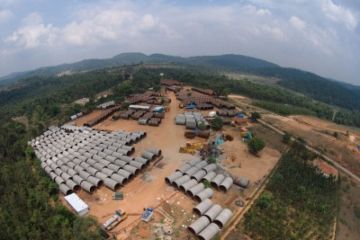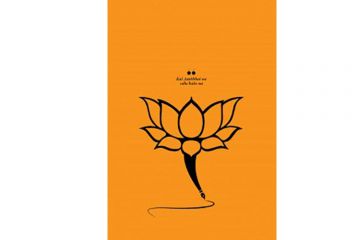
The meteoric
rise of the Islamic State in Iraq and Syria (ISIS) has attracted terrorists and
militant-minded people from across the globe to the wars in Iraq and Syria.
Originally conceived by the Central Intelligence Agency as a front against
Syrian ruler Bashar al-Assad, ISIS quickly escaped its sponsor’s shackles and
threatened the very states that created it. Proven from the series of leaked
Defence Intelligence Agency documents, the support for and nurturing of ISIS by
the United St





